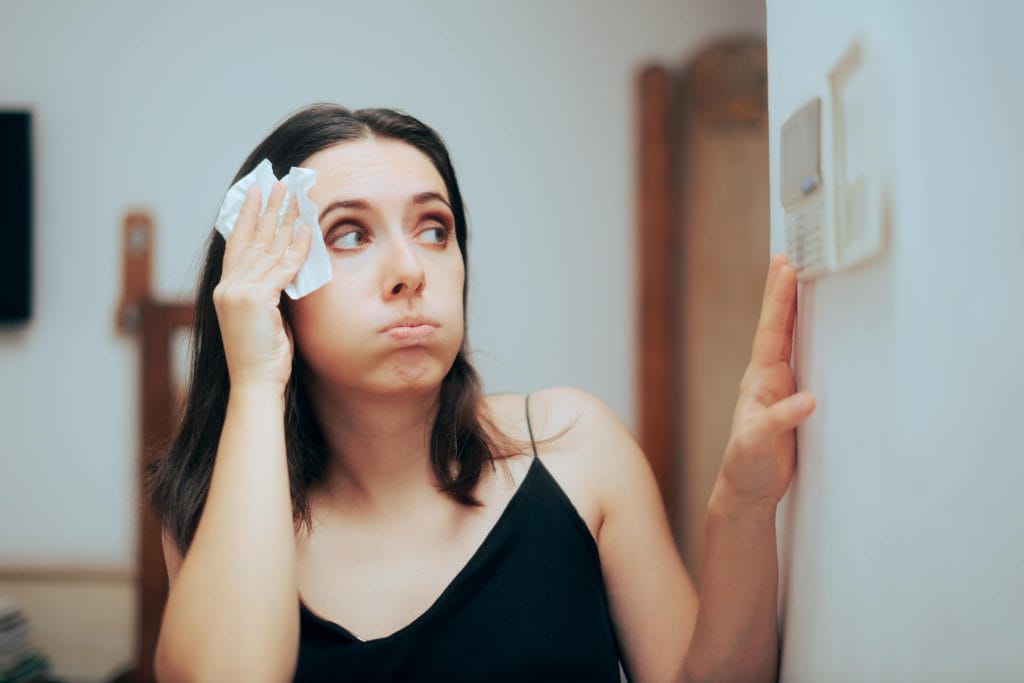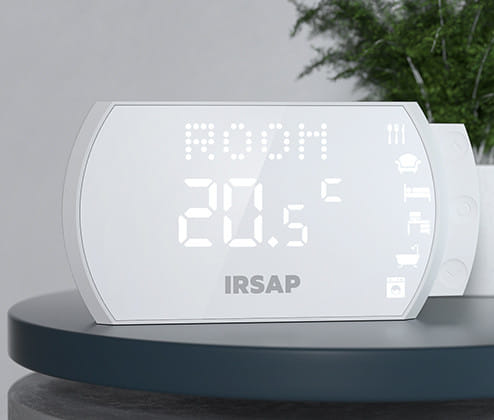Having an efficient heating generator is not the only way to save on heating costs. It is also very important to know how to adjust your home's thermostat, the device that controls the heat in your living spaces. Let's find out how to do this and get both economic and energy benefits.
How to best set your thermostat?
The thermostat has two specific functions.
- It allows you to turn the heating system on and off;
- It enables you to adjust the temperature while the system is running.
From this, it is easy to understand the role it plays in achieving energy savings, both in terms of avoiding energy waste and reducing bill amounts. Whether it is a boiler, a heat pump, or radiators, they can all perform optimally with the correct thermostat settings and management.
No special skills are required: in many ways, it is enough to follow best practices, especially setting the right temperature. During the colder seasons, including winter, the ideal indoor temperature is between 66.2° and 68° F.
This level is sufficient for the inhabitants of the home to experience what is called thermal comfort, a climate condition neither too hot nor too cold. For every degree above this, expenses increase, and if excessively high temperatures like 77° F are reached, the impact is felt not only on the household's finances but also on health.
- The risk of getting sick due to temperature fluctuations between indoors and outdoors increases.
- The air in the rooms becomes too dry, promoting the spread of dust that affects the respiratory system.
Technological advancements in heating have enabled the design and creation of smart thermostats. These home automation devices make managing and setting the desired temperature even easier. Thanks to their connection to the home's WiFi network, users can interact with the thermostat using, for example, voice assistants like Alexa or Google Home.
Communication also happens remotely via the app installed on the mobile phone, which provides constant monitoring: notifications alert in case of malfunctions, and among the transmitted information, the humidity level registered by the device is shown. This indicator signals whether the air is too dry for a too high temperature or too humid for a too low temperature: a situation to be carefully avoided to prevent mould formation.
How to set the thermostat?
Having a technologically advanced thermostat is a great help in managing heating throughout the day. The thermostat allows for the programming of heat delivery depending on different time slots, taking into account whether or not the house's inhabitants are home.
- In the morning, it is more likely that the house is empty because the occupants are out for work or school.
- From the afternoon into the evening, people return home.
- Nighttime is the time for rest, so household activities are paused.
Maintaining the same temperature equates to an energy effort with no real benefits and, consequently, leads to significant energy waste. Some think that turning off the boiler when the house is empty is a valid solution, but this is not necessarily the case: once the heating system is reactivated, it will undergo a greater and prolonged effort to reach the required temperature.
A wise management of the thermostat avoids this costly situation. By setting a minimum acceptable temperature on the thermostat, the heating system will continue to operate at lower speeds, using an automotive analogy. This way, it takes less time and less energy effort to reach 66.2°/68° F.
A smart thermostat has two major added values.
- It is always connected to the user, and a high-quality version is equipped with tools like geolocation, so it can detect when someone is returning home, activating to welcome them to a well-heated environment.
- It is designed with algorithms capable of learning the weekly, daily, and hourly habits of the inhabitants, further contributing to energy savings.
How to set the thermostat in summer?
Among the thermostats on the market is the so-called summer/winter thermostat. It is characterised by the fact that, in addition to activating the heating system, it can also start the cooling system for the environment.
To activate the summer mode, simply use a button on the device:
- normally, the one that depicts a circle resembling the sun indicates the mode for winter heating;
- the one resembling a snowflake indicates the mode for summer cooling.

How to set the temperature of radiators to save money?
Energy efficiency is not limited to managing the thermostat but also includes managing the radiators. To set their temperature, refer to the thermostatic valves, which regulate the flow of hot water inside the radiators.
Traditional valves have a scale of values ranging from 0 to 5:
- if set to zero, it corresponds to a frost protection temperature (41°-50° F);
- if set to 5, heat is generated until the temperature reaches about 80.6°/84.2° F.
Bearing in mind that thermal comfort is achieved at 66.2°/68° F, the value to set on the radiator is 3.
Like the thermostat, the latest generation thermostatic valves offer a home automation solution.










































